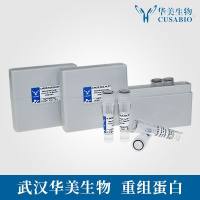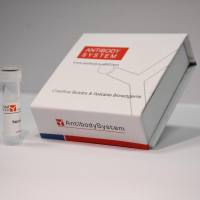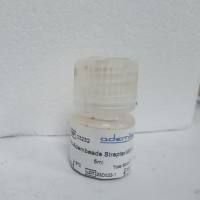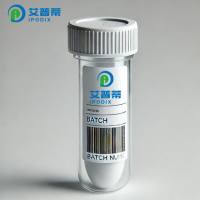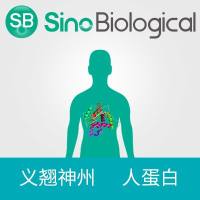The ability to target proteins with nanostructures and/or nanodevices in vivo is important for understanding and controlling their biological function. Quantum dots (QDs) serve as an ideal model nanostructure due to their superior optical properties that permit visual confirmation of in vivo targeting and localization and due to their potential as a bio-imaging tool. Here, we describe the site-specific covalent conjugation of quantum dots to target proteins in vivo using an intein-based method. Experimental procedure includes the following steps: (1) fusion of Pleckstrin-homology (PH) domains with the N-terminus half of a split intein (IN ); (2) conjugation of the C-terminal (IC ) intein-derived peptide to streptavidin-coated QDs in vitro; and (3) in vivo expression of PH–IN following microinjection of PH–IN RNA and IC –QDs into Xenopus embryos. Intein-splicing results in covalent conjugation of QDs with the C-terminus of the PH domain without interfering with protein localization or function. Such produced QD–PH conjugates could be monitored in real time within live embryos.
The use of near infrared-emitting QDs allows monitoring of QD conjugates within the embryo at depths where EGFP is undetectable demonstrating the advantages of QDs for this type of experiment. The reported approach therefore allows the covalent conjugation of QDs or other similar nanostructures to proteins in vivo and the targeting of such nanomaterial to any intracellular compartment or signaling �complex within the cells of the developing embryo.
